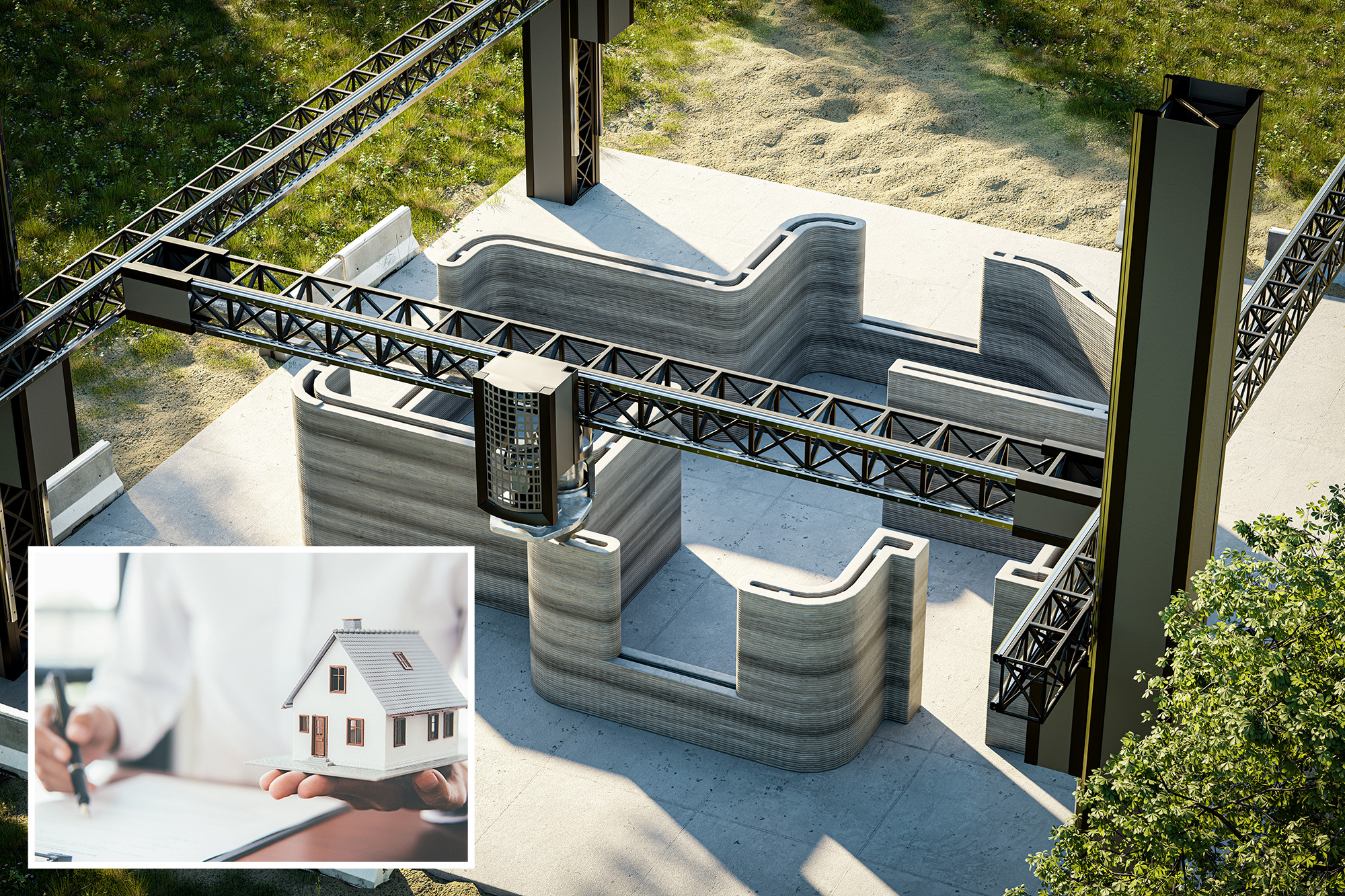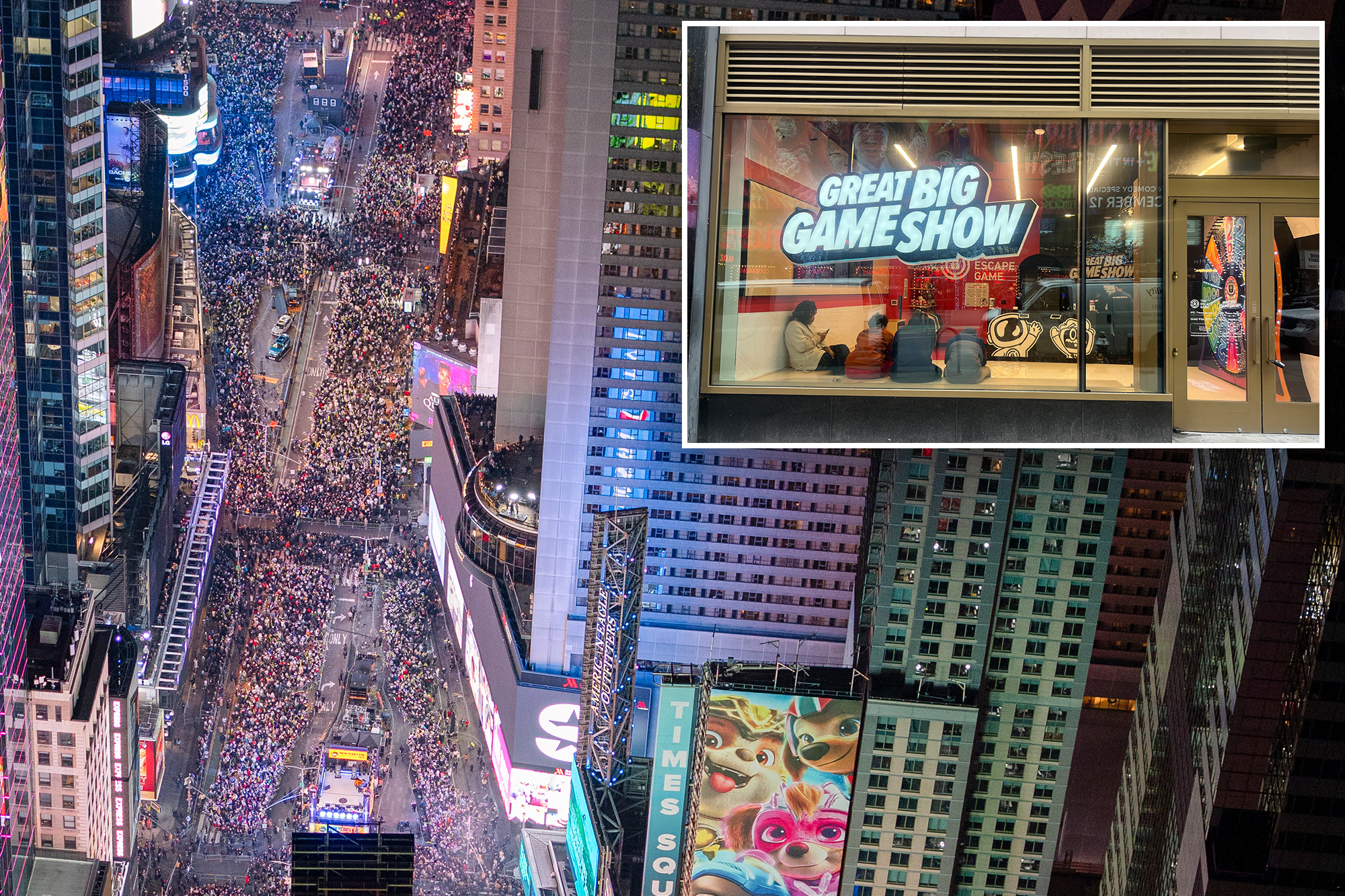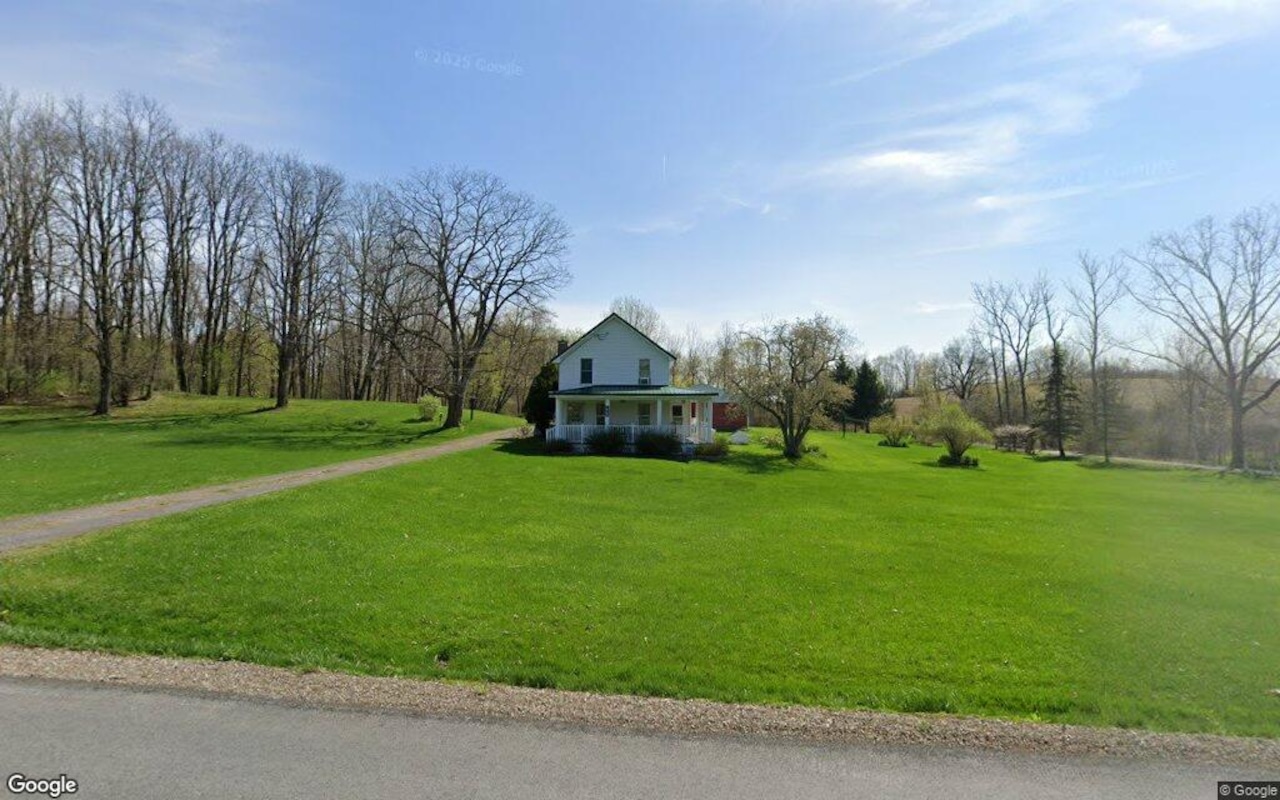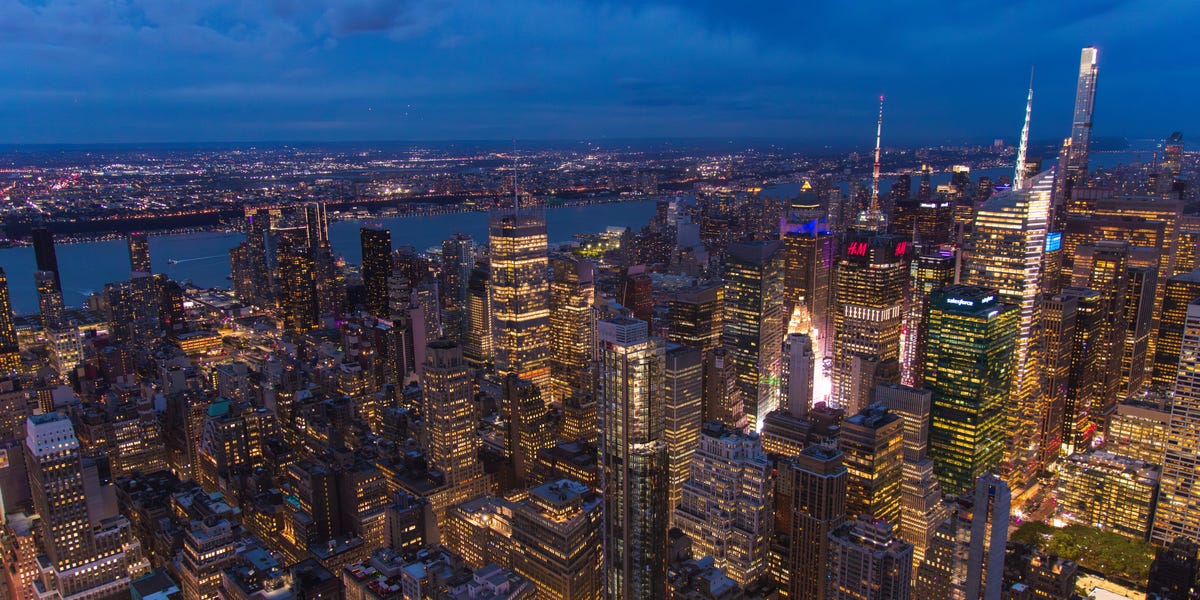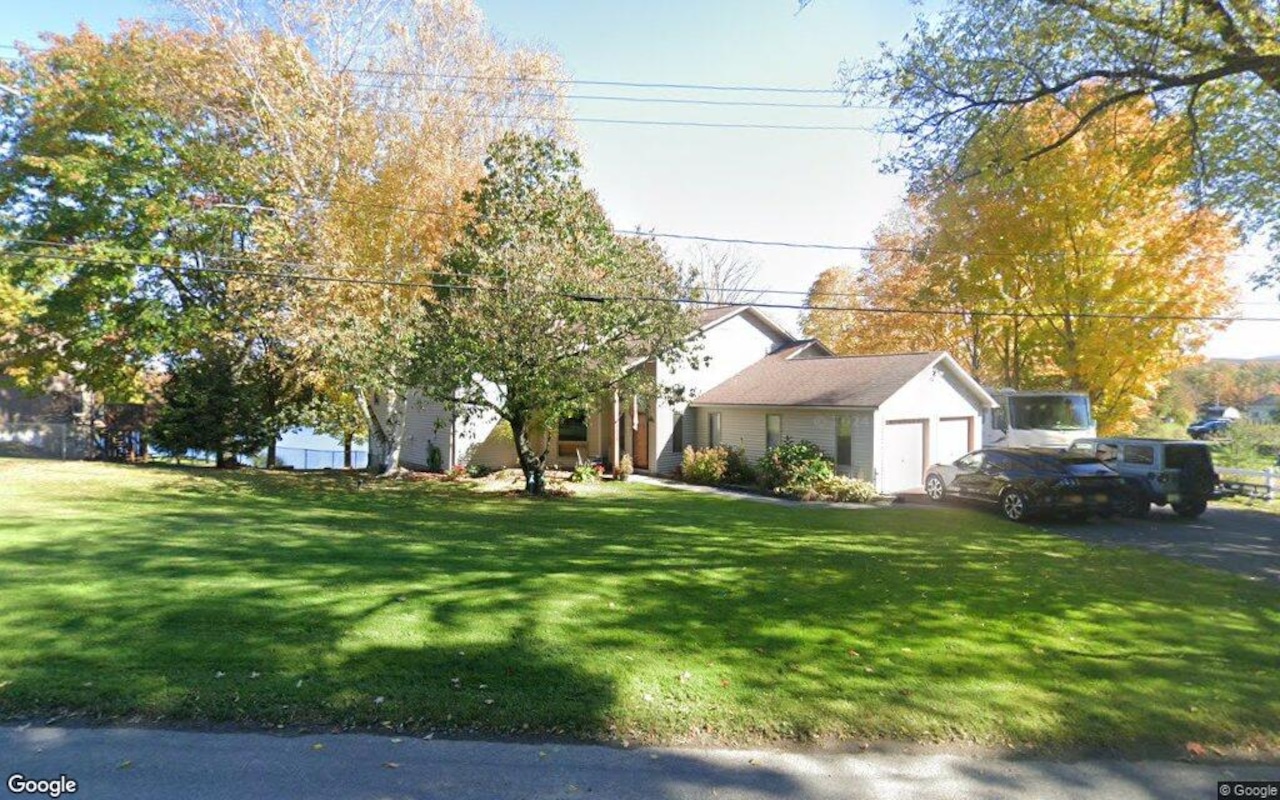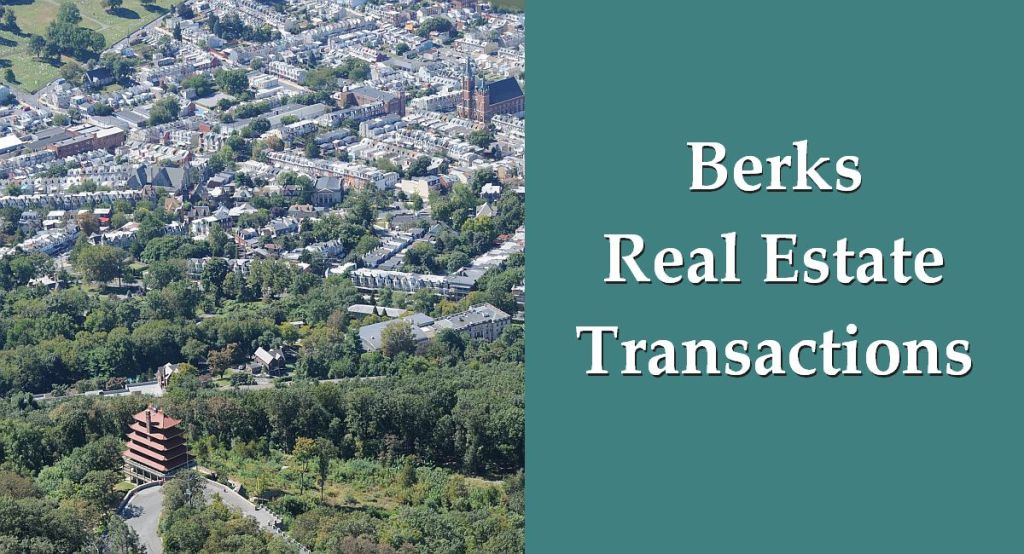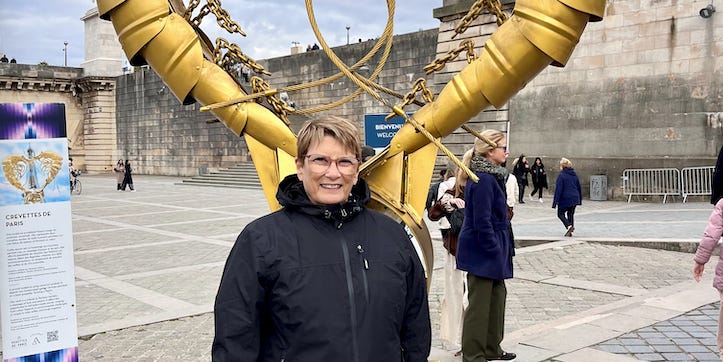H
ouston’s housing crisis is a micro‑snapshot of a national problem. Climate change is amplifying flood and heat risks, especially in low‑income, under‑insured neighborhoods, widening the affordability gap to almost $176,000, the Kinder Institute’s 2025 State of Housing report shows. Yet on a 13‑acre parcel near Hobby Airport, a new project offers a promising answer.
Zuri Gardens, a collaboration between local builder Cole Klein and 3D‑construction firm HiveASMBLD, will be Houston’s first large‑scale, 3D‑printed affordable community. Each home is produced with a proprietary concrete mix that is faster, stronger, and more efficient than conventional methods. Prices will range from the mid‑$200,000s, with up to $125,000 in down‑payment assistance from the city. “People want homes they can afford that are built well,” says HiveASMBLD’s chief development officer, Robert Spiegel, a promise the project delivers.
The community will feature 80 energy‑efficient homes, roughly 1,360 square feet each, with two bedrooms, 2½ bathrooms, a flexible bonus room, and a covered patio for year‑round use. Designed to resist flooding, mold, and extreme heat, the homes aim to set a new standard for affordable housing quality.
Unlike many affordable developments that cut corners, Zuri Gardens uses the same high‑grade materials and process for every unit. “A $4 million home and an entry‑level home get the same walls,” Spiegel explains. The uniformity ensures consistent resilience, energy efficiency, and long‑term durability. Initial skepticism about “cartoon houses” faded once buyers toured finished homes, which they found “really cool.”
The construction process is almost sci‑fi. Large robotic printers, mounted on tank‑like tracks, lay down custom mortar layer by layer, forming the structural walls. After the walls are printed, mechanical, electrical, and plumbing systems are installed as in a traditional build. The walls are then backfilled with concrete foam, creating a solid “mass wall” that is quieter, more energy‑efficient, and far more resilient than conventional wood‑frame construction.
Houston’s high insurance costs—averaging 1.5 % of a home’s value annually—make affordability a challenge. The climate‑resilient design of Zuri Gardens lowers risk for insurers, making it easier for homeowners to secure better rates. “Insurance carriers love them,” Spiegel notes.
3D printing cuts the most expensive parts of traditional construction: lumber and labor. By replacing weeks of manual work with days of robotic printing, the project reduces costs, waste, and weather delays. The mass wall also naturally regulates indoor temperatures, lowering HVAC needs and energy bills—critical in Houston’s hot summers. Durability is another advantage: the homes do not warp, rot, or rely on fragile sheetrock, and the robotic precision ensures consistent, replicable builds at scale.
If Zuri Gardens succeeds, it could inspire cities nationwide to rethink housing shortages. Instead of compromising on materials or standards, communities could adopt smarter technology to deliver better homes for everyone. Spiegel emphasizes that the project’s true goal is dignity: “We want to help hardworking families own a home,” he says, pointing to the many Houstonians who currently cannot afford to buy.
In short, Zuri Gardens demonstrates how 3D printing can combine speed, cost savings, resilience, and quality to address the urgent need for affordable housing in climate‑vulnerable regions.
